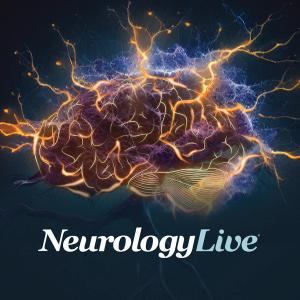|Videos|February 25, 2019
Advances in the Diagnosis and Management of Multiple Sclerosis
Advertisement
Newsletter
Keep your finger on the pulse of neurology—subscribe to NeurologyLive for expert interviews, new data, and breakthrough treatment updates.
Advertisement
Related Articles
Latest CME
Advertisement
Advertisement
Trending on NeurologyLive - Clinical Neurology News and Neurology Expert Insights
1
Daridorexant Provides Relief for Insomnia in Women During Menopausal Transition
2
Stem Cells of Secondary Progressive Multiple Sclerosis Drive Increased Proinflammatory T-Cell Activity
3
RELIEV-CM Pilot Study Data Further Supports ShiraTronics’ Neuromodulation Device to Treat Chronic Migraine
4
Optimizing Speech and Movement Therapy to Improve Motor and Nonmotor Symptoms of Parkinson Disease: Cynthia Fox, PhD, CCC-SLP
5














































